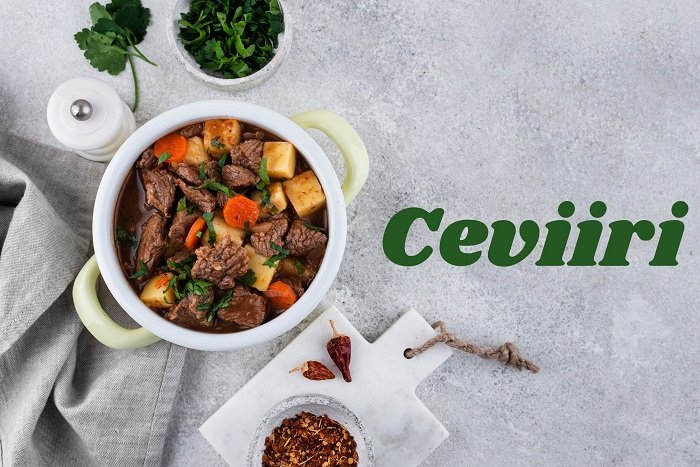Throughout history, çeviri has served as a bridge, allowing for the transmission of knowledge, ideas, and artistic expressions across languages and borders. This article delves into the multifaceted world of çeviri in Turkish culture, exploring its historical significance, contemporary practices, and the challenges and rewards associated with translating languages.
A Legacy of Translation çeviri
The Ottoman Empire, a vast and multicultural entity, recognized the importance of çeviri early on. The empire’s multilingual bureaucracy relied heavily on translators, known as “tercüman,” to facilitate communication with diverse populations and navigate diplomatic channels. These tercümans were highly skilled linguists, often versed in Arabic, Persian, Turkish, and European languages.
Following the fall of the Ottoman Empire and the rise of the Republic of Turkey, çeviri continued to be a critical tool for modernization. Turkish intellectuals sought to translate Western scientific and philosophical works to bridge the knowledge gap between Europe and the newly formed nation. This period saw the translation of significant works in various fields, including mathematics, physics, literature, and social sciences.
Modern Landscape of Çeviri in Turkey
Today, çeviri remains an integral part of Turkish cultural life. With Turkey’s growing global influence and its vibrant literary scene, the demand for translators is ever-increasing. Here’s a closer look at some key aspects of contemporary çeviri in Turkey:
-
Literary Translation: Turkish literature boasts a rich tradition, with authors like Orhan Pamuk and Elif Shafak achieving international acclaim. Translating these works into other languages allows a global audience to appreciate Turkish literary gems. Conversely, Turkish translators introduce foreign literary masterpieces to Turkish readers, enriching their cultural experience.
-
Technical Translation: Turkey’s economic development has fueled the need for technical translation. Translators specialize in translating documents related to engineering, medicine, law, and business, ensuring clear and accurate communication across industries.
-
Audiovisual Translation: The rise of Turkish cinema and television series has created a demand for subtitling and dubbing. Translators working in audiovisual çeviri strive to convey the cultural nuances, humor, and emotional impact of the original content while adapting it for a new audience.
-
Machine Translation: The emergence of machine translation (MT) tools has impacted the çeviri landscape. While MT can provide quick and efficient translations for basic tasks, professional human translators remain essential for ensuring accuracy, cultural sensitivity, and the preservation of the intended style and tone of the source text.
Challenges and Considerations in Çeviri
The art of çeviri presents several challenges that translators must navigate:
-
Cultural Nuances: Languages carry cultural baggage within their words and expressions. Translators must possess a deep understanding of both the source and target cultures to ensure the translated text resonates with the audience and avoids unintended meanings.
-
Technical Accuracy: Technical çeviri requires translators to have specialized knowledge in the relevant field to ensure the translated information is accurate and conveys the intended meaning precisely.
-
Literary Style: Literary translation presents a unique challenge. Translators must not only capture the factual content but also preserve the author’s voice, style, and literary devices to create a work that reads naturally in the target language.
-
Ethical Considerations: Translators have an ethical responsibility to be faithful to the source text while adapting it for the target audience. They must avoid introducing biases or altering the meaning of the original work.
The Rewards of Çeviri
Despite the challenges, çeviri offers a number of rewards for those who dedicate themselves to this art form:
-
Intellectual Stimulation: Translators engage in continuous learning, expanding their knowledge of different cultures, languages, and subject matters.
-
Cultural Bridge Building: Through their work, translators contribute to intercultural understanding and promote global communication.
-
Creative Expression: Literary translators, in particular, have the opportunity to exercise creativity while staying true to the author’s vision.
-
Career Opportunities: The demand for skilled translators continues to grow across various sectors, offering promising career prospects for çeviri professionals.
The Future of Çeviri in Turkey
As Turkey’s global engagement intensifies and technological advancements continue, the çeviri landscape will likely evolve further. Here are some potential future directions:
-
Specialization: The demand for translators with specialized knowledge in specific fields is likely to increase.
-
Technology Integration: Machine translation tools will likely become more sophisticated, but human translators will remain crucial for high-quality çeviri that considers cultural context and artistic expression.
-
Focus on Emerging Markets: The rise of new economic powers may lead to a demand for translations between Turkish.
Conclusion
çeviri, or translation, plays a significant role in shaping Turkish culture. Throughout history, it has facilitated the exchange of knowledge, ideas, and artistic expressions, fostering bridges between Turkish speakers and the global community. Today, çeviri thrives in various forms, from literary masterpieces to technical documents and captivating television shows. While challenges exist, such as conveying cultural nuances and preserving literary style, the rewards for translators are substantial.
